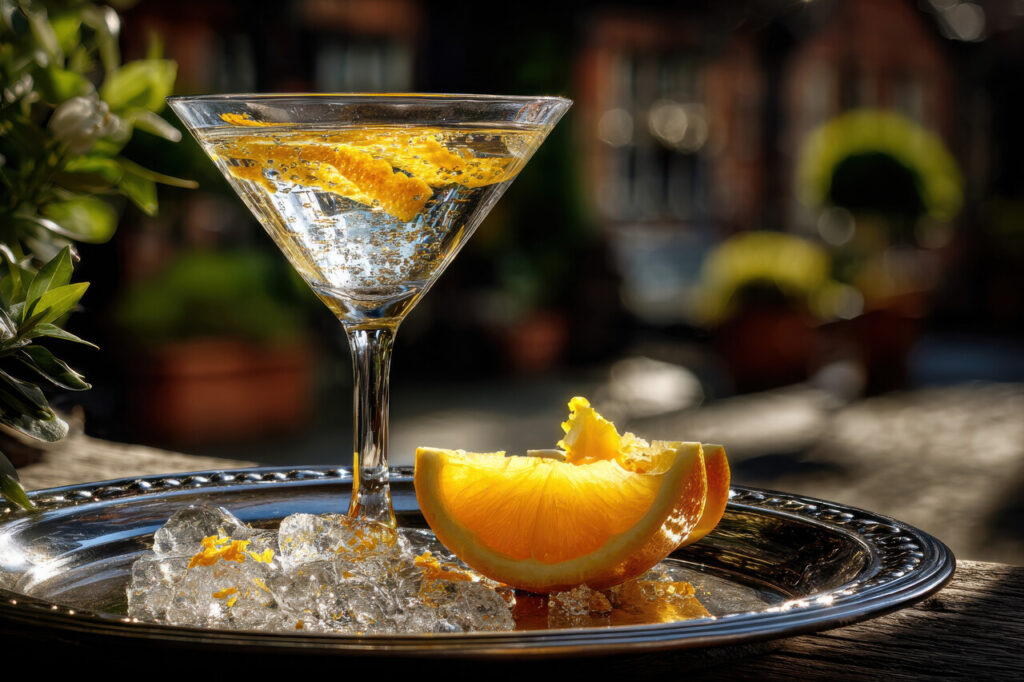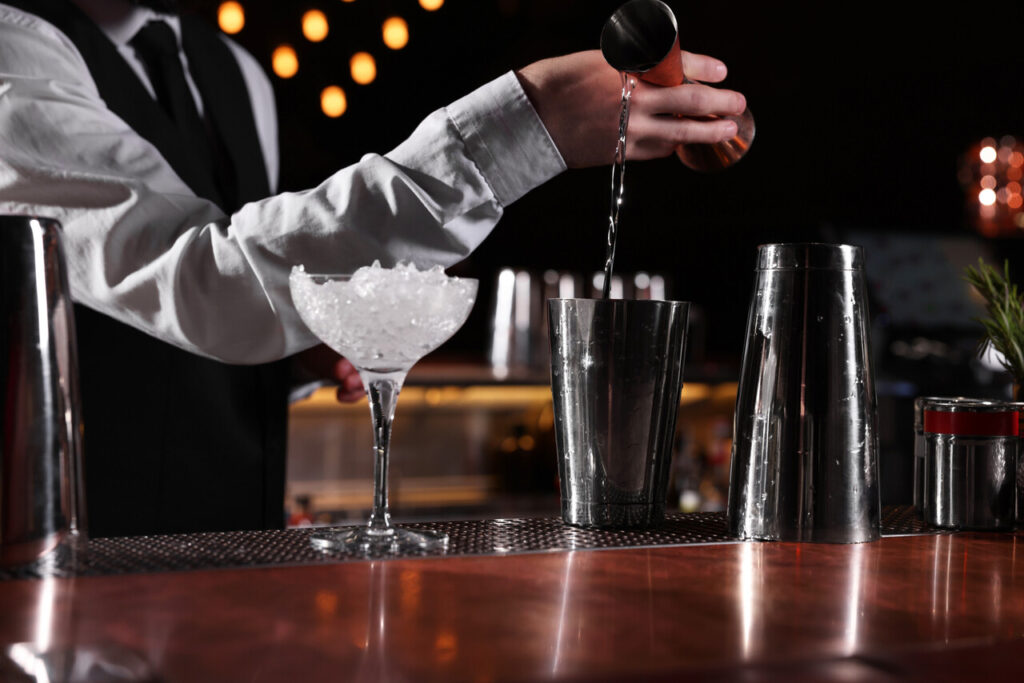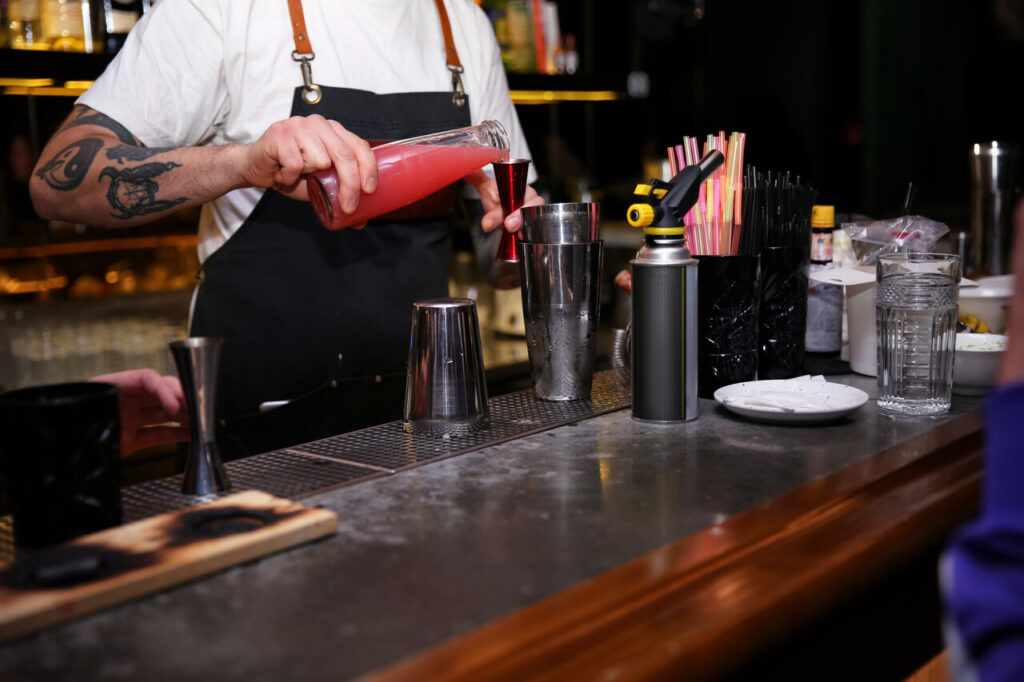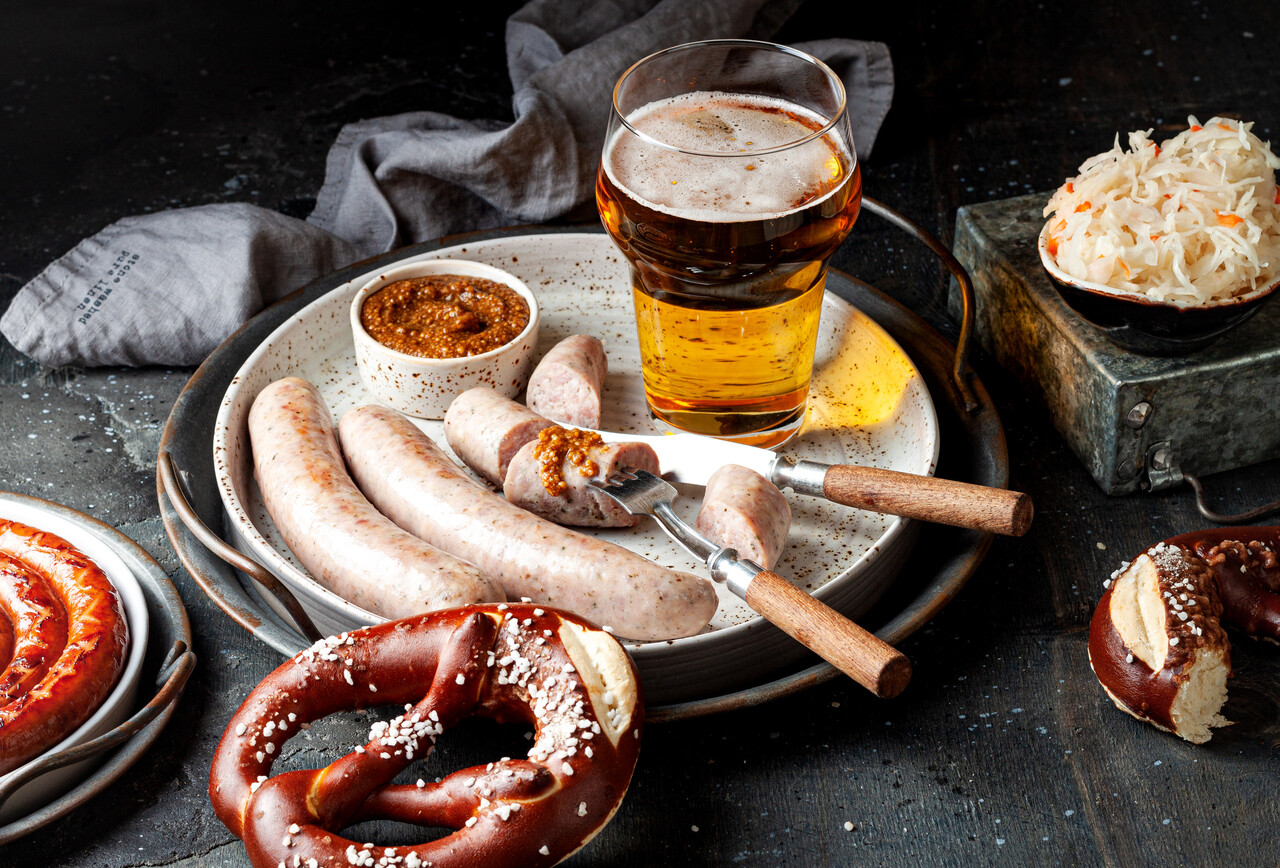The Martini’s Glamorous Past and How It Became a Timeless Icon

Here’s the thing: the Martini didn’t step onto the stage already polished and iconic. It began as a practical cocktail rooted in American bar culture, long before parties, tuxedos, and silver shakers defined it.
As you explore its history, you start to see how a drink becomes a personality. The Martini wasn’t just sipped; it was performed with a sense of precision and attitude.
Small changes in recipe, preference, and public taste kept reshaping it. What this really means is that the Martini became a product of its era, and yet somehow stayed bigger than any particular decade.
Today, you’re not just drinking gin and vermouth; you’re drinking the legacy of writers, movie stars, spies, and bartenders who all left fingerprints on its evolution.
The Martini’s Origins in American Bar Culture

The Martini didn’t start glamorous. It grew out of 19th-century American saloons as bartenders experimented with spirits, fortified wines, and bitters. Early recipes looked different, but the foundation of balance and precision was already set.
The Early Sweet Martini
In its earliest form, the Martini was not bone-dry. Bartenders leaned heavily on sweet Italian vermouth, creating a richer, smoother drink that reflected the era’s preference for rounder flavors.
As tastes changed, sweetness gave way to dryness, but the early drink laid the groundwork for what a Martini needed to convey: elegance, intention, and balance.
Even now, the original version still has fans who feel it offers a glimpse into a more classic period of cocktail history.
The Manhattan’s Influence
The Martini didn’t appear in a vacuum. The Manhattan paved the way by teaching drinkers to appreciate spirit-forward cocktails built on precision and restraint.
If the Manhattan was the first modern American cocktail, the Martini became the drink that perfected the formula.
It represented a shift away from embellishment and toward minimalism, where every ingredient needed to earn its place in the glass.
How Hollywood Turned the Martini Into a Status Symbol

The Martini’s leap into pop culture didn’t happen behind the bar but on the screen. Hollywood needed visual shorthand for wealth, control, and smooth confidence and the Martini delivered without a single line of dialogue.
The Bogart Effect
Humphrey Bogart was one of the first to turn the Martini into a cinematic symbol. His characters drank with poise, suggesting a world-weary intelligence that audiences admired.
Off-screen, Bogart reportedly enjoyed them as well, helping dissolve the line between character and actor.
People didn’t just watch the Martini; they wanted to carry themselves like the men who ordered it.
Bond and the Ultimate Identity Drink
James Bond took the Martini to a new level. When he ordered it shaken instead of stirred, he wasn’t making a mixology statement; he was defining character.
That single preference created a cultural line that still sparks debate among drinkers.
Suddenly the Martini wasn’t just a drink; it was a declaration of taste and individuality.
Reinvention: Why the Martini Never Stopped Evolving

What kept the Martini alive wasn’t nostalgia but adaptability. Each era got the Martini it deserved, and often the Martini people needed.
The Post-War Dry Trend
After World War II, tastes shifted sharply toward dryness. Vermouth was reduced to a whisper, and the Martini became more about the spirit itself.
Drinkers wanted something sharper and more minimalist, reflecting the changing palate of the era.
This became the version many now see as the classic modern Martini.
Craft Bars Bring It Full Circle
Today’s bartenders have brought back respect for vermouth, fresh technique, and thoughtful balance.
Instead of simply making drinks stronger, craft bars have restored the Martini as a harmony of flavors.
You can now order a Martini that feels closer to its roots or one that reflects new trends, and either way it still carries its signature elegance.
Conclusion: A Glass That Outlasted Eras
The Martini became timeless because it never depended on just one thing. It had history, cinematic presence, an evolving recipe, and a personality that never lost its edge. When you order one today, you’re not stepping into the past; you’re ordering something that continues to define taste, confidence, and craft.







